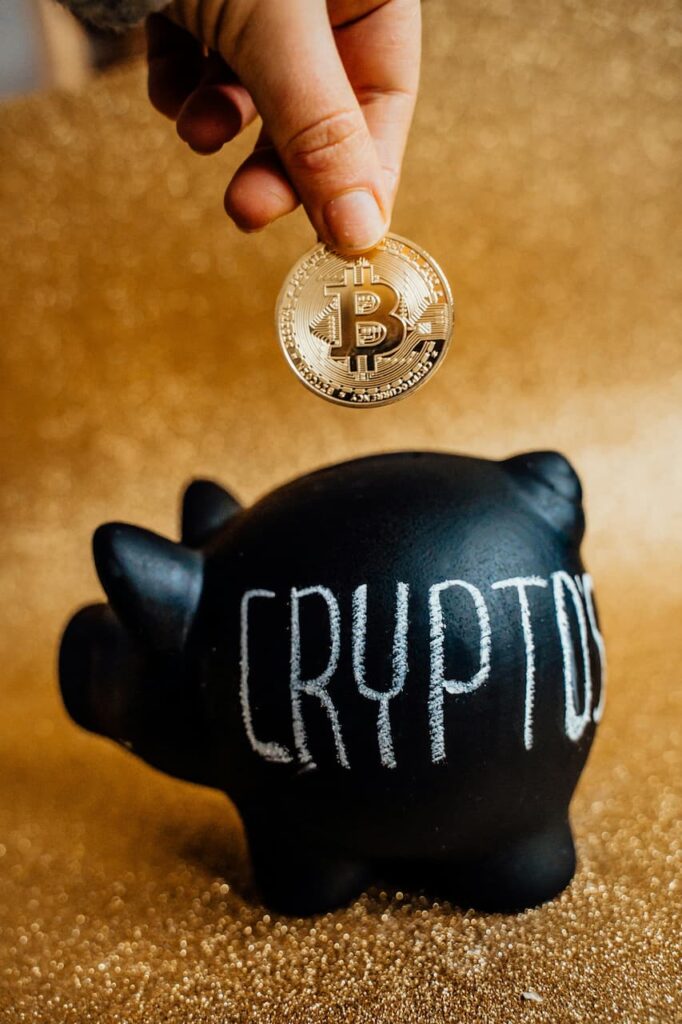If you enjoyed video games in the 1990s, you probably dreamed of earning money playing them. In the early 2000s, e-sports (virtual game competitions) proved that it was possible to turn this desire into reality and work professionally as a gamer. Today, there is another way, through the crypto-asset market, gamecoins.
More recently, blockchain games have expanded the idea and shown that amateur players can also earn real money by hunting monsters or battling in fictional virtual worlds.
What are gamecoins
Gamecoins are game cryptocurrencies created on blockchains. The term comes from the combination of the English words game and coin. Just like in traditional games – Zelda, Mario, Crash and other classics – gamecoins are given to players who complete tasks or win battles. Within the virtual environment, they can use them to buy items or improve their characters’ performance. But the similarity with ordinary games stops there.
Unlike ordinary game coins, gamecoins go beyond the barrier of virtual reality and have a function in the real world. They are worth money, are used for negotiations between gamers outside the game and can increase in value over time. In 2021, for example, it was common to see AXS, the token of the famous play-to-earn game Axie Infinity, skyrocket 20% and even 40% in a single day.
The transposition from the digital to the physical environment is only possible because of blockchain. This technology, which had its first use case with Bitcoin (BTC), has given game developers the possibility of turning items, characters and virtual currencies into properties, with unique and immutable records.
How gamecoins work
Gamecoins are usually cryptocurrencies or non-fungible tokens (NFTs), specific types of cryptoassets (virtual assets protected by cryptography). They work as follows:
Cryptocurrencies are like fiat currencies – real, dollar, euro etc. Therefore, just like money issued by governments, they serve as a medium of exchange, unit of account and store of value – both inside and outside the game.
Gamecoins in the form of NFTs, on the other hand, represent exclusive items such as avatars, clothes, equipment, land and houses. These non-fungible tokens, unlike cryptocurrencies and fiat currencies, cannot be exchanged for similar ones. They are unique virtual objects, like a painting or a piece of music.
Are all gamecoins play-to-earn?
Blockchain games have taken off because of play-to-earn. In games with this format, also called GameFi, gamers complete missions and battles, receive rewards and are able to monetize them in the real world. Gamecoins are usually play-to-earn. However, there are other formats that can also earn users cryptos and money. Check them out below.
Move-to-earn
In “move-to-earn” games, players need to connect and play a sport in order to get cryptocurrency as a reward. One of the best-known games is STEPN, and its gamecoin is the Green Metaverse Token (GMT). Between March and April 2022, GMT skyrocketed by 2,000%.

Learn-to-earn
The learn-to-earn modality is not necessarily linked to blockchain games. However, this category involves quiz games and pays out cryptocurrencies. In general, these initiatives are offered by brokers such as Binance and Coinbase on their websites. They ask users to learn about a particular digital asset via videos and quizzes and, in return, give crypto rewards.
Sex-to-earn
In June 2022, Vice magazine published an article about an alleged startup called Sexn.finance, which promises to pay cryptocurrency to people who have sex. However, the “have sex to earn” project is extremely suspicious. The white paper is vague and there is no information about who is responsible for the initiative, which raises red flags. However, given that there are crypto projects that pay for physical exercise, it’s not hard for a gamecoin in this style to really take off in the next few years.
How to make money with gamecoins
Each blockchain game adopts its own economic model. In general, however, players earn gamecoins by completing tasks and winning battles with other players. To turn the asset into cash, simply sell it on an exchange and convert it into conventional currency.
Staking
Staking is a passive income method. In short, the user locks their gamecoins on the platform to help with liquidity and security. In return, they receive rewards. Some games have this feature.
Lending
Another way to earn money with gamecoins is via loans. In the game Axie Infinity, for example, you have to buy axies – characters similar to Pokémon – to play. Users with a large number of axies, which in practice are NFTs, can rent them out to other players and charge for them.
HODL
One of the investment strategies is to buy an asset and hold it for a long time. In the crypto sector, this tactic is called “hodl”, a reference to the word “hold”. It’s also possible to go down this route with gamecoins, since they can appreciate in value (or not) over the course of months and years.
Speculation
Game token holders can also make money by trading their assets on cryptocurrency exchanges. If the digital currency rises in value and sells for a higher price than when they bought it, that’s it. It’s always worth remembering, however, that the crypto market is extremely volatile and there’s no guarantee of a profit.
Secondary market
Some gamecoins are NFTs and can be sold on non-fungible token marketplaces. The price is chosen by the seller. Some of the main platforms are OpenSea, Rabible and Super Rare. Centralized exchanges such as Coinbase and Binance also have their own NFT marketplaces.